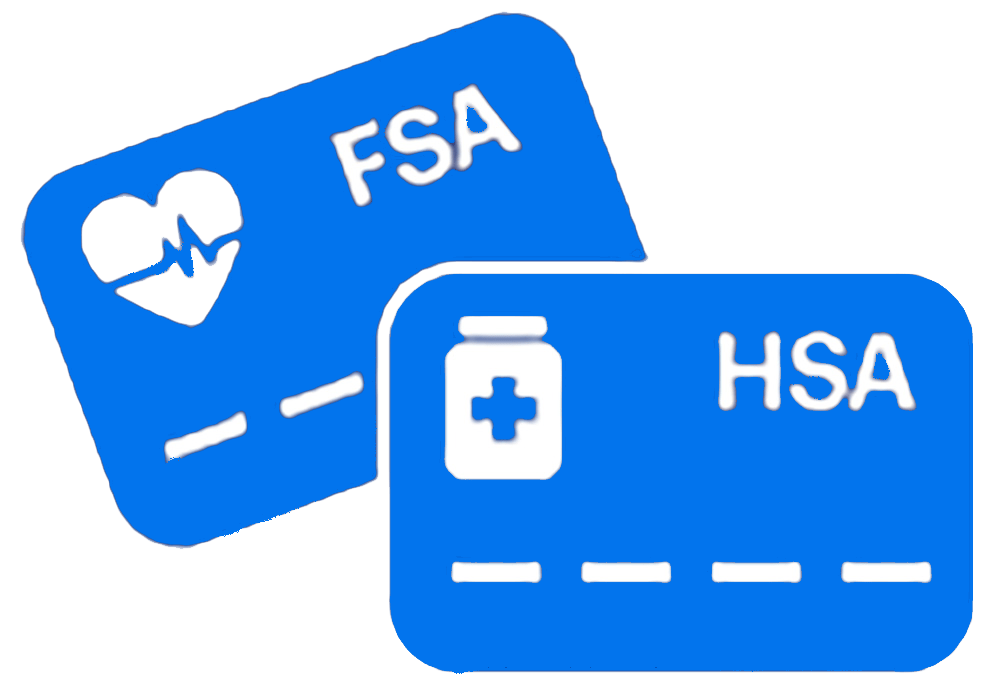Semaglutides are a class of medications used to manage type 2 diabetes. They work by mimicking the effects of a hormone called glucagon-like peptide-1 (GLP-1), which helps regulate blood sugar levels. Semaglutides can be administered through either self-injection or with the help of a healthcare professional. In this article, we’ll explore the benefits of semaglutides, the different methods of administration, and the factors to consider when choosing between self-injection and healthcare professional-assisted administration.
Benefits of Semaglutides in Diabetes Management
Semaglutides have been shown to be effective in improving glycemic control and reducing the risk of diabetes-related complications. Studies have demonstrated that semaglutides can:
- Lower HbA1c levels (a measure of average blood sugar over time)
- Promote weight loss
- Reduce the risk of cardiovascular events, such as heart attacks and strokes
- Delay the progression of kidney disease
- Improve overall quality of life for individuals with type 2 diabetes
These benefits make semaglutides an attractive option for many individuals with type 2 diabetes who are looking to better manage their condition.
Different Methods of Semaglutide Administration
Semaglutides can be administered through two main methods:
- Self-Injection: Individuals with type 2 diabetes can be trained to administer the semaglutide injection themselves, typically once weekly.
- Healthcare Professional-Assisted Administration: Semaglutides can also be administered by a healthcare professional, such as a doctor or nurse, during regular clinic visits.
Each method has its own advantages and disadvantages, which we’ll explore in the following sections.
Self-Injection: Pros and Cons
Pros of Self-Injection:
- Increased convenience and flexibility in administering the medication
- Greater sense of independence and control over one’s diabetes management
- Potential for better adherence to the treatment regimen
- Reduced time and cost associated with frequent clinic visits
Cons of Self-Injection:
- Potential for anxiety or fear of self-injecting
- Increased responsibility and need for proper training and education
- Possible safety concerns if not done correctly
- Potential for missed or delayed doses if the individual forgets or is unable to self-inject
Using Semaglutides with the Help of a Healthcare Professional
Pros of Healthcare Professional-Assisted Administration:
- Increased supervision and guidance from a trained medical professional
- Reduced risk of injection-related errors or complications
- Opportunity for regular monitoring and adjustments to the treatment plan
- Increased sense of security and support for the individual with diabetes
Cons of Healthcare Professional-Assisted Administration:
- Increased time and cost associated with frequent clinic visits
- Potential for scheduling conflicts or inconvenience
- Reduced sense of independence and control over one’s diabetes management
Factors to Consider when Choosing between Self-Injection and Healthcare Professional
When deciding between self-injection and healthcare professional-assisted administration of semaglutides, it’s important to consider the following factors:
- Comfort and Confidence with Self-Injection: Individuals who feel comfortable and confident with self-injection may be better suited for this method, while those who are hesitant or anxious about self-injecting may prefer healthcare professional-assisted administration.
- Adherence and Consistency: Individuals who have a history of good adherence and consistency with their diabetes management may be more successful with self-injection, while those who struggle with adherence may benefit from the additional support of a healthcare professional.
- Access to Healthcare Professionals: Individuals who have easy access to their healthcare providers and can regularly visit their clinic may find healthcare professional-assisted administration more convenient, while those who live in remote areas or have limited access to healthcare may prefer self-injection.
- Personal Preference and Lifestyle: Ultimately, the choice between self-injection and healthcare professional-assisted administration should be based on the individual’s personal preference and lifestyle factors, such as their daily routine, travel plans, and overall comfort level with each method.
Training and Education for Self-Administration of Semaglutides
Proper training and education are essential for individuals who choose to self-administer semaglutides. This typically involves:
- Hands-on Guidance: Individuals should receive hands-on training from a healthcare professional on how to properly prepare and inject the medication.
- Educational Materials: Comprehensive educational materials, such as instructional videos and written guides, should be provided to reinforce the proper injection technique and address any questions or concerns.
- Ongoing Support: Individuals should have access to ongoing support and resources, such as a dedicated healthcare team or a helpline, to address any issues or concerns that may arise during the self-administration process.
By ensuring that individuals are well-trained and educated, the risk of injection-related errors or complications can be minimized, and the overall success of self-administration can be improved.
Safety Measures and Precautions for Semaglutide Administration
Regardless of the administration method, it’s important to follow proper safety measures and precautions when using semaglutides. These include:
- Proper Injection Technique: Ensuring that the medication is injected correctly, in the right location, and with the appropriate needle size.
- Proper Storage and Handling: Storing the medication as directed and handling it with care to maintain its potency and effectiveness.
- Monitoring for Side Effects: Regularly monitoring for any potential side effects, such as nausea, vomiting, or hypoglycemia, and reporting them to a healthcare professional.
- Seeking Medical Advice: Consulting with a healthcare professional if any concerns or questions arise about the administration or management of the medication.
By following these safety measures and precautions, individuals can help ensure the safe and effective use of semaglutides in their diabetes management.
Conclusion: Making an Informed Decision
When it comes to the administration of semaglutides, there is no one-size-fits-all solution. The choice between self-injection and healthcare professional-assisted administration should be based on a careful consideration of the individual’s personal preferences, lifestyle factors, and overall comfort level with the process.
If you’re considering using semaglutides to manage your type 2 diabetes, speak with a healthcare provider to discuss the best administration method for your unique needs and circumstances. Together, you can make an informed decision that will help you achieve your diabetes management goals and improve your overall health and well-being. Call us at 205-352-9141.










